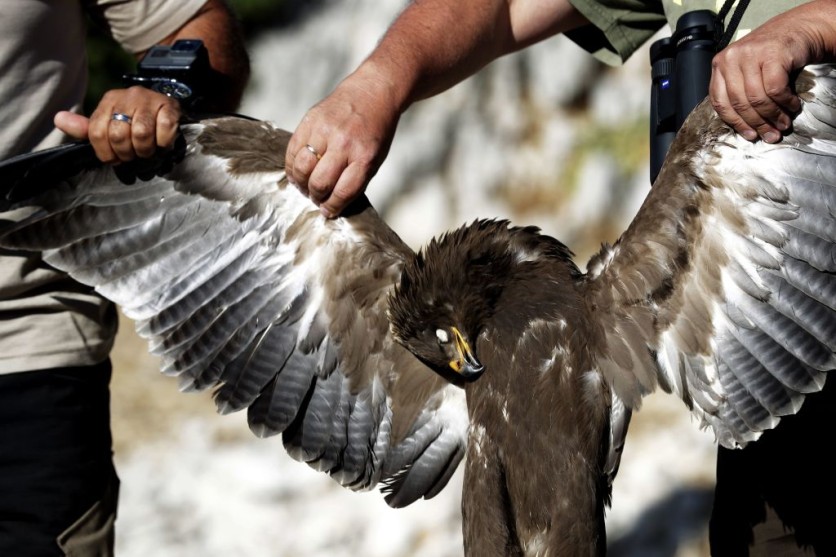The lesser spotted eagle of the Oder delta is tiny in size and delicate in temperament, and only 130 breeding pairs of them continue to exist locally in the wild.
Lesser spotted eagles like soaring on thermals over the flatlands that the German government has designated for the massive growth of onshore windfarms under pressure to make up for the loss of nuclear power, coal facilities, and Russian gas, according to a report by The Guardian.

Bird Detection System
Conservationists noted that these birds occasionally run into wind turbine rotor blades. Given that the species is considered endangered in the nation, German researchers report eight deceased animals that have been discovered in the area of wind farms since 2002.
Olaf Scholz's coalition government pushed through a contentious amendment to the federal nature conservation act earlier this summer that reduces the amount of regulation surrounding the construction of wind farms close to nesting areas but relies on AI-driven "anti-collision systems" as one method of reducing such accidents.
Software developers in Colorado are feeding an algorithm with millions of photos of the flying clanga pomarina. The trained-up neural networks of the US company IdentiFlight are designed to detect eagles approaching from a distance of up to 750 meters and electronically warn the turbine, which is connected to a camera system mounted atop a 10-meter tower.
The turbine will then wind down into "trundle mode" with no more than two rotations per minute, taking 20 to 40 seconds, providing the eagle plenty of time to fly away from the blades.
At six monitored locations across Germany, IdentiFlight tested its anti-collision technology for three years. Red kites are the first raptor species that the company claims its neural network has been trained to recognize in German territory, and it boasts recognition and classification rates of more than 90% for them.
Sea eagle detection is anticipated to be validated for the system in the upcoming weeks, with certification for lesser spotted relatives planned for 2023.
Read also : 'AI Fish-Identifying Gate:' This AI-Powered System Prevents The Rise of Invasive Fish Species In Waterways
Technological Answer to a Political Problem
The Green Party, the second-largest party in the three-party coalition government and the primary proponent of the new nature protection law, is hoping that the technological answer will help them with a political problem.
The Guardian noted that this could mediate conflict between the party's followers who prioritize addressing the climate crisis and others who view ecological politics as primarily protecting biodiversity.
Pomerania, a historical location on the southern bank of the Baltic Sea, inspired the name of the clanga pomarina. Since the 1990s, the lesser spotted eagle population in Germany has decreased by 25%.
This reduction is not primarily attributable to wind farms but rather to the progressive removal of the habitats where wetland and woodland meet, as per The Guardian.
The lesser spotted eagle's global population is listed as stable on the IUCN Red List of Threatened Species, with an estimated 40,000-60,000 mature individuals still living in the wild.
Related Article : 'Fish-Counting AI:' This AI-Powered System Could Help Prevent Fish Kills at Hydro Dams
This article is owned by Tech Times
Written by Joaquin Victor Tacla
ⓒ 2025 TECHTIMES.com All rights reserved. Do not reproduce without permission.




